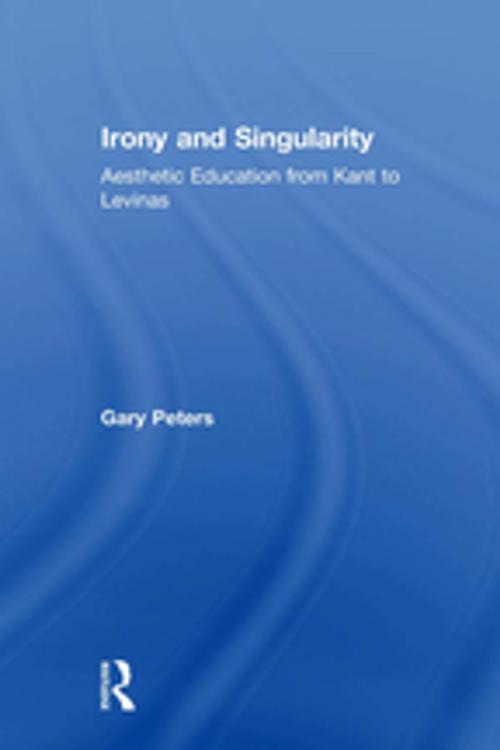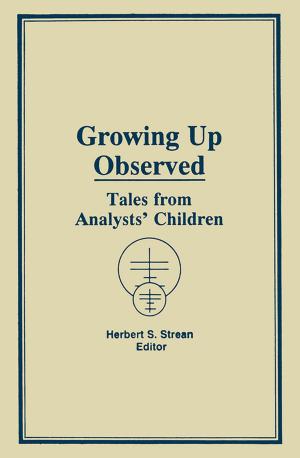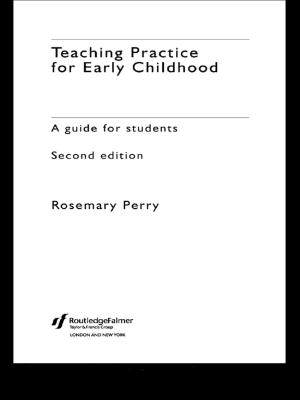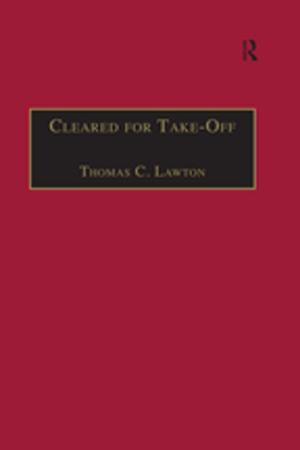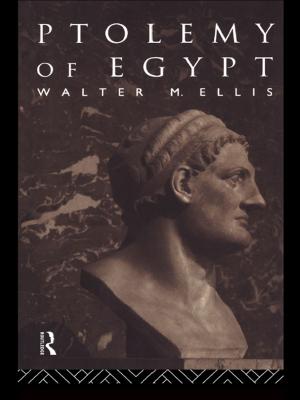Irony and Singularity
Aesthetic Education from Kant to Levinas
Nonfiction, Religion & Spirituality, Philosophy| Author: | Gary Peters | ISBN: | 9781351926171 |
| Publisher: | Taylor and Francis | Publication: | September 8, 2017 |
| Imprint: | Routledge | Language: | English |
| Author: | Gary Peters |
| ISBN: | 9781351926171 |
| Publisher: | Taylor and Francis |
| Publication: | September 8, 2017 |
| Imprint: | Routledge |
| Language: | English |
Although, initially, dealing with specifically pedagogical issues arising out of debates within the philosophy of education, the main thrust of this book tackles the more fundamental questions concerning communication, dialogue and solitude. Irony and Singularity introduces aesthetics into higher education not as an academic discipline among others but as part of a wider strategy to re-orientate teaching. Although focused on the manner in which art and aesthetics are taught within the context of the art school, the book raises wider and more central issues within pedagogy, challenging the currently dominant models rooted in science and the humanities. Engaging with a wide range of philosophers and philosophical traditions often ignored in the philosophy of education, Peters questions the resistance of the aesthetic object to language, communication and instruction and claims that the philosophical acknowledgement of incommunicability coupled with the demand for communication allows us to better understand the role of the teacher as complicit in the production of the aesthetic rather than merely receptive as a reader or interpreter of the aesthetic 'text'.
Although, initially, dealing with specifically pedagogical issues arising out of debates within the philosophy of education, the main thrust of this book tackles the more fundamental questions concerning communication, dialogue and solitude. Irony and Singularity introduces aesthetics into higher education not as an academic discipline among others but as part of a wider strategy to re-orientate teaching. Although focused on the manner in which art and aesthetics are taught within the context of the art school, the book raises wider and more central issues within pedagogy, challenging the currently dominant models rooted in science and the humanities. Engaging with a wide range of philosophers and philosophical traditions often ignored in the philosophy of education, Peters questions the resistance of the aesthetic object to language, communication and instruction and claims that the philosophical acknowledgement of incommunicability coupled with the demand for communication allows us to better understand the role of the teacher as complicit in the production of the aesthetic rather than merely receptive as a reader or interpreter of the aesthetic 'text'.
